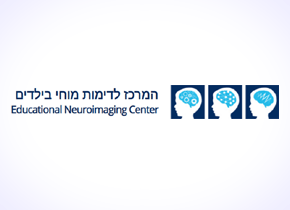
 Project Details
Project DetailsMany studies in the field of child development have shown that the diagnosis of developmental problems in children at a young age, around two to three years old, significantly improves the ability to treat these problems (about 80-70 percent success rate). On the other hand, late detection of the problems, at ages seven to eight, lowers the success rates considerably, when they now stand at about twenty to thirty percent. In addition, studies have shown that interaction or lack of interaction between a child and his parents can indicate developmental problems.
The aim of the project is to classify the joint activity between a child and his mother with the help of visual analysis of videos documenting joint activity between them and the use of this information to diagnose the child's development.
The product of this project will be used to diagnose development problems by cross-referencing the data produced against additional data collected (EEG signals and more).
To do that, we have developed an algorithm, which classifies the data from the experiment videos, into six possible categories: Both of the characters are looking to the same place, looking to different places, looking at each other, one of the characters is looking on the other and inability to determine a reliable classification.
In this project we created a system with a clear and easy integration output that provides information about the interaction between a child and his mother in long and multi-detailed videos to perform follow-up tasks.

